Gastroesophageal Reflux
Gastroesophageal reflux in children and adolescents
What is gastroesophageal reflux ?
Gastroesophageal reflux occurs when stomach contents flow back into the esophagus during or after eating. The esophagus, which connects the mouth to the stomach, has circular muscles at the end that open and close to allow food to pass into the stomach. These muscles, known as the lower cardioesophageal sphincter (LESP), act as a valve at the entrance to the stomach. Reflux occurs when the LESP opens and allows acidic stomach contents to flow back up into the esophagus. This often begins in infancy, but most children outgrow it as they grow.
What are the signs of gastroesophageal reflux?
Most children and adults experience mild reflux, which often goes unnoticed. In cases where the regurgitated contents return quickly to the stomach, it does not damage the esophagus. In some cases, however, the acidic contents can remain in the esophagus and damage its lining, causing hoarseness or a chronic cough.
Other signs include:
- Frequent pneumonia and bronchitis (due to aspiration of gastric juices).
- Respiratory difficulties.
- Difficulty or pain in swallowing.
- Vomit.
- Sore throat.
- Weight loss.
- Heartburn (more common in adults).
- Sensation of lump or tightness in the throat.
How is gastroesophageal reflux diagnosed?
To diagnose gastroesophageal reflux, you need to see a gastroenterologist. The doctor will ask you about your symptoms, perform a detailed physical exam, and recommend diagnostic tests.
The most common tests to diagnose reflux are:
- Gastroscopy with contrast: This involves the collection of a barium fluid that helps visualize the damage and function of the esophageal sphincter and stomach through X-rays.
- Endoscopy (gastroscopy): This procedure involves the use of a flexible tube with a camera inserted through the mouth into the esophagus, stomach, and duodenum. The doctor may examine the lining and take a biopsy for further testing.
- Esophageal pH monitoring: A thin wire with an acid sensor is inserted to measure the amount of acidic fluid in the esophagus, helping to identify reflux during normal activities.
What is the treatment for gastroesophageal reflux?
Treatment depends on the symptoms of children and adults, with the aim of reducing the acidity of gastric juices. In addition to medications, it is important to follow some practical advice.
For children:
- Frequent feeding in small quantities.
- Avoid eating 2-3 hours before going to bed.
- Raise the headboard of the bed a few centimetres.
- Avoid carbonated liquids and highly acidic foods.
For adults:
- Smoking and alcohol consumption are prohibited.
- The use of chewing gum and mints is prohibited.
- Avoid stretching immediately after meals and eating late at night.
- Avoid wearing tight clothing and bending over after eating.
- Eat little and often.
- Lose weight if you are overweight.
- Keep the head of the bed a few inches higher.
- Avoid fatty and spicy foods, chocolate and fast food.
- Avoid citrus fruits and caffeine, which irritate the esophagus.
- Spicy and acidic foods can cause discomfort.
If medications and dietary advice do not lead to improvement, surgery may be recommended, which is less common in children. Surgery involves fundoplication, a procedure that increases SPCE pressure and reduces the reflux of acidic fluids.
What to keep in mind:
- Gastroesophageal reflux occurs when stomach contents flow back into the esophagus.
- It is a common problem in young children, but usually disappears as they grow.
- Treatment involves changes in diet and lifestyle, and surgery may be necessary if necessary.
Together for a healthy future!
Book your consultation with a specialist doctor now!
Your Medical Clinic staff provides all patients with specialized medical service at the highest standards.

